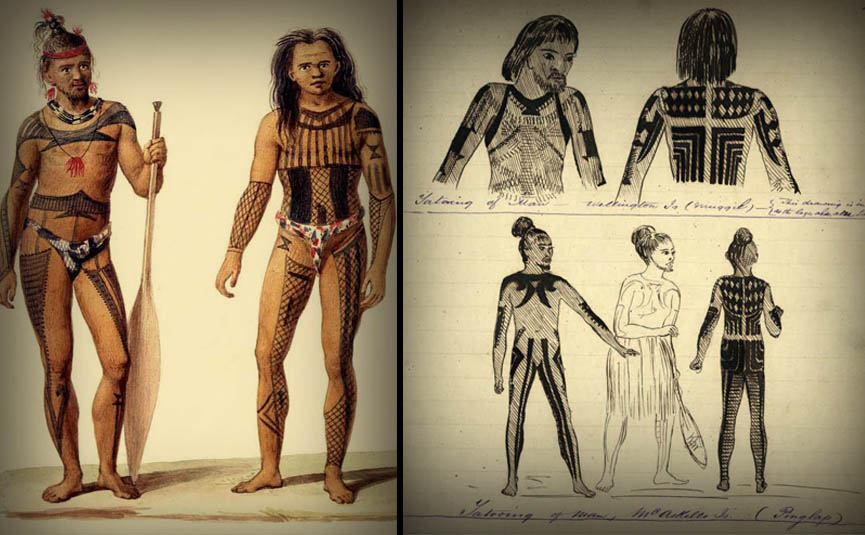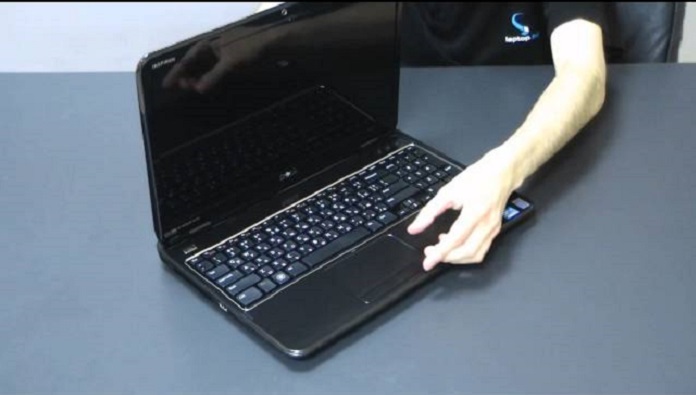Gone are the days of simply tossing everything into a landfill and hoping for the best. Today, businesses are taking proactive steps by minimising their environmental footprint and maximising efficiency. Whether you’re overseeing a bustling industrial facility or managing waste at a smaller scale, the right waste-handling equipment is as essential for you as Hi-Vis clothing is for roadside construction workers. These tools ensure safety and compliance and maximise efficiency.
Bin Lifter and Tipper

When it comes to waste handling equipment, bin lift and tip devices are the unsung heroes that often don’t get the credit they deserve. They help you lift and empty bins in a variety of weights and sizes effortlessly. Plus, they reduce the risk of injury by eliminating the need for strenuous manual lifting. They’re game-changers when it comes to handling bulk waste. Instead of wrestling with heavy containers, you can simply tilt them or lift them, allowing the waste to slide out easily. It’s not just about convenience; it’s about efficiency and safety.
Think about the time and manpower you save with a bin tipper. It doesn’t just make your job easier; it’s about making waste management more efficient and cost-effective. Plus, when you have equipment that minimises handling, you also reduce the risk of workplace injuries. So, the next time you see a bin lift or tip device in action, remember that they’re the unsung heroes of waste handling. They might not steal the spotlight, but they keep your facility running smoothly and safely.
How Do You Use a Bin Lifter?
Using bin lifters in Australia is straightforward once you get the hang of it. It’s like having a handy assistant to help you handle those heavy waste bins.
– Positioning: Firstly, you need to place the device in the right spot. Make sure it’s on stable ground and securely set up;
-Attach the bin: Most lifters have adjustable arms or hooks that can hold onto it. You’ll need to position the device so that these hooks or arms can grab it securely;
-Lift it up: Depending on the lifter’s design, there will be controls to lift the container. It’s either a manual crank, a lever, or even an electric button;
-Empty it: Once you have the container at the desired height, you can easily empty the contents into a larger container or dumpster. Some bin lifters even have a tilting mechanism for tipping bins to pour out the waste;
-Lower it down: After you’ve emptied the container, carefully lower it back to the ground using the controls.
Compactors

Compactors are heavy-duty workhorses of waste management, and they play a crucial role in handling waste efficiently. They’re giant trash-crushing machines that reduce the volume of trash, making it more compact and easier to handle. They come in various sizes and types, but their primary job is to squish down junk, which has some significant benefits.
Whether you’re dealing with waste in a business or an industrial facility, space can be a precious commodity. By compressing trash, you’re not only reducing the number of trash bags or bins you need but also freeing up valuable real estate. Compactors can handle a large volume of waste quickly. Just imagine the time and effort you save compared to manually loading up containers or bags. Plus, it’s more eco-friendly because you reduce the number of trips to transport waste, which means fewer emissions.
Balers
These machines play a pivotal role in waste management, especially when it comes to handling recyclables like cardboard, paper, and plastics. Imagine all those cardboard boxes or stacks of paper cluttering up your recycling area. With a baler, you can condense them into tidy bales, which not only makes your storage area cleaner but also more efficient.
Additionally, loading loose materials onto a truck or into bins can be time-consuming and messy. Balers streamline the process. You feed materials into the machine, it compacts them into bales, and you’re ready for transportation.
Waste Incinerators

A waste incinerator is like a high-temperature furnace that burns waste materials. They don’t just get rid of trash, but they do this in an efficient and environmentally responsible way. They can handle a wide range of waste types, including medical waste, hazardous materials, and even solid municipal waste. They reduce these materials to ash and other residues, which you can then safely throw away.
Modern incinerators have advanced technologies that help minimise emissions and pollutants. They have sophisticated filters and controls that ensure that the process is as clean and safe as possible. So, while incineration may have had a bad reputation in the past, today’s incinerators are much more environmentally friendly.
Odour Control Systems
Whether it’s in a landfill, a wastewater treatment plant, or even a composting facility, controlling those bad odours is crucial for a clean and comfortable environment. Odour control systems are like air fresheners of the waste world, but on a much larger scale. They capture, neutralise, or mask those not-so-pleasant smells that can arise from waste. They use a variety of techniques to combat odours. Some employ chemical scrubbers that react with odour-causing compounds to neutralise them. Others use physical barriers to contain them, like covers for landfill sites. Some even employ high-tech sensors and monitoring systems that detect and respond to them in real time.















